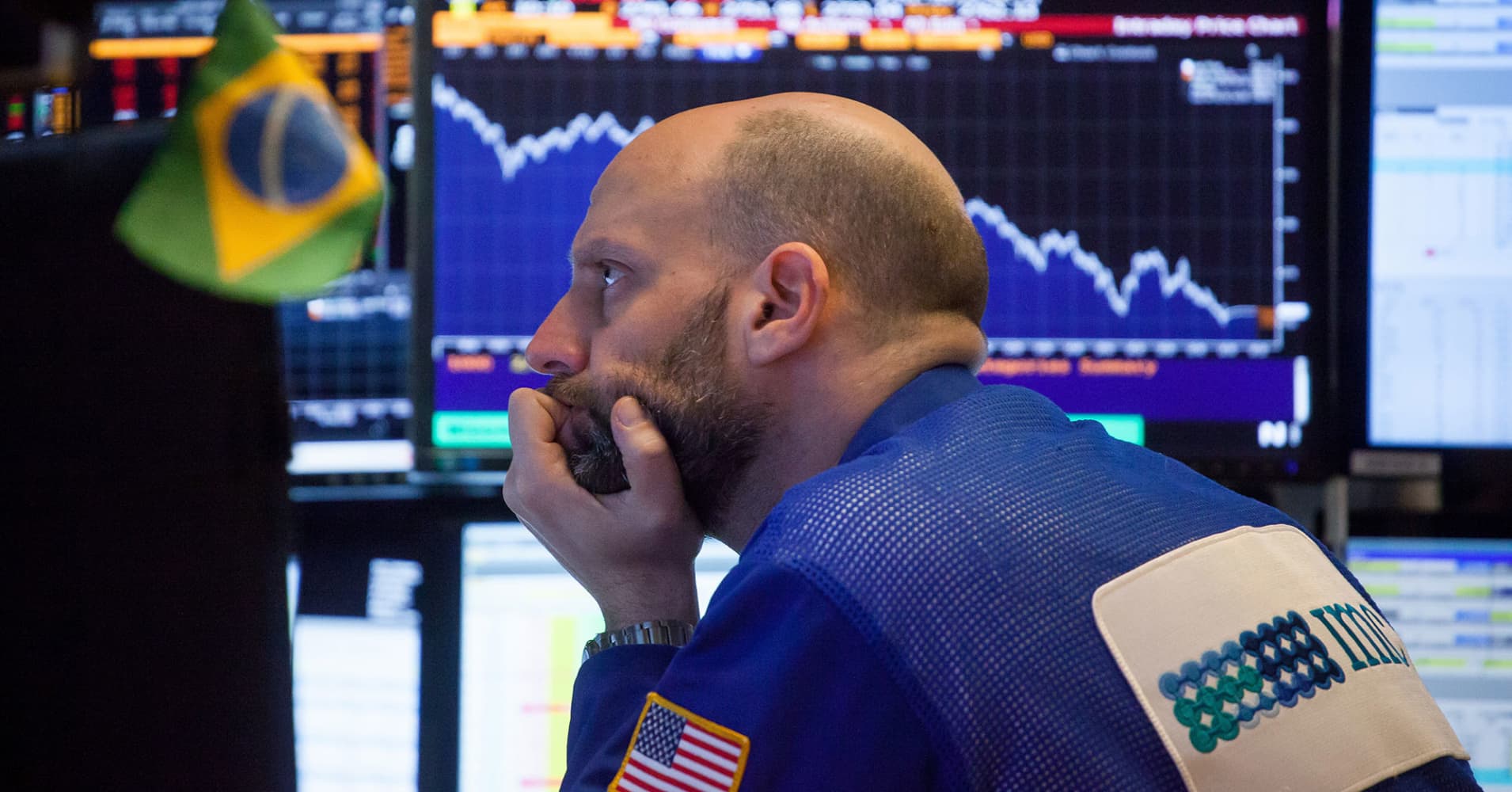The markets bottomed Thursday, with the Dow falling 700 points in the morning, right at the November lows. Then, it rallied back 600 points, a very positive bounce off deeply oversold conditions. But the buying interest still seems tentative.
A number of factors contributed to the afternoon rally. The Atlanta Fed’s Ralph Bostic said “interest rates are ‘within shouting distance of neutral.” The International Monetary Fund Chair Christine Lagarde said that fears about a global slowdown were “overdone” and the U.S. was not heading for a recession any time soon.
Near the market close, The Wall Street Journal published a story saying Fed officials were considering whether to use their December meeting to signal a wait-and-see approach to further rate hikes.
All of these comments were helpful to the markets. But the rally off the lows is still very tentative, even with the Dow Jones Industrial Average down 1,500 points in two days as of Thursday’s low.
There’s good reason for buyers to be cautious. The market has had four big worries, and most are not resolved.
First, the Fed has been raising rates, though doing so aggressively is looking less likely and that is good news. But worries about a global oil glut have not been resolved by the recent OPEC meetings. And tariffs and trade wars are even worse with the arrest of Chinese tech giant Huawei’s CFO in Canada.
Despite what Lagarde said, a potential economic slowdown is a big X-factor that is making it very hard to figure out 2019 earnings estimates.
The big debate on the Street these days is whether we want a good jobs report or a bad jobs report on Friday.
A bad jobs report will only make people scream that there is an economic slowdown already under way. But a bad jobs report will also decrease the chances of more Fed hikes, and thus remove a prime obstacle to a bottom.
Seems like a report that falls in line with projected growth — about 200,000, with modest wage growth below 3 percent — would be the right answer. It’s a sign of the market confusion that no one can agree on what the market exactly wants.

